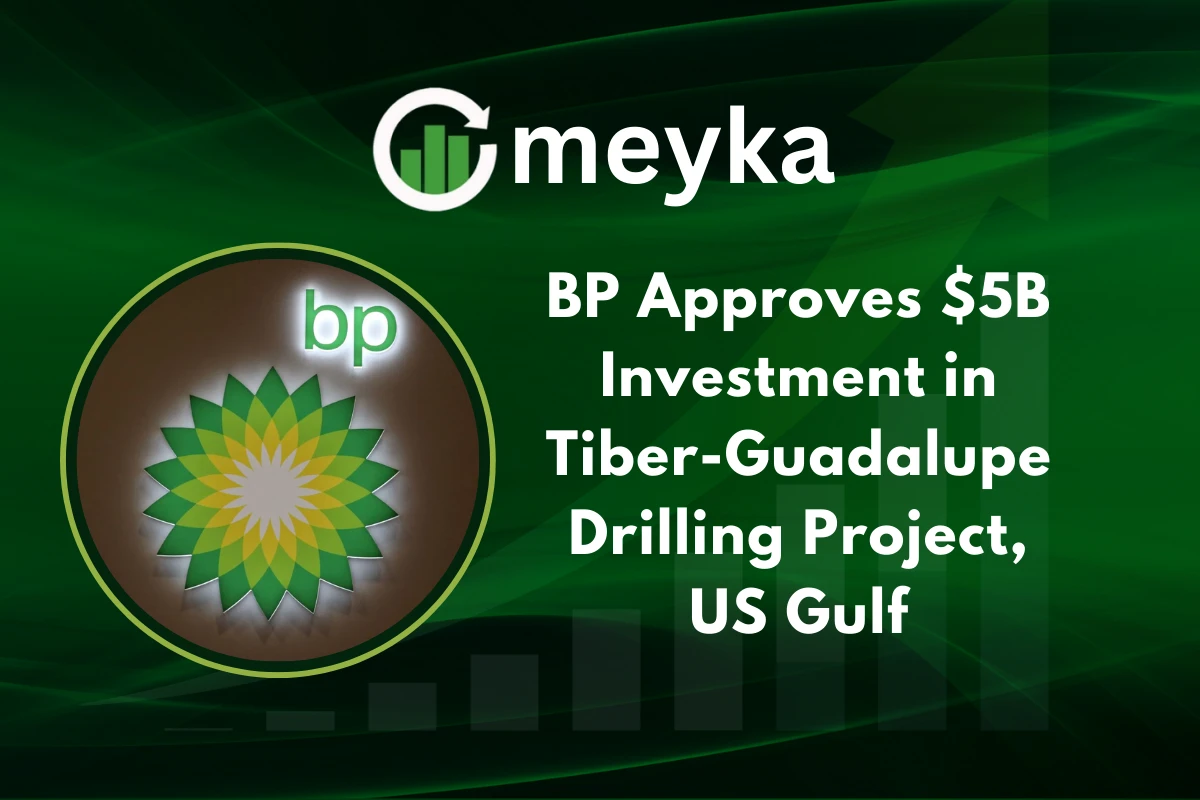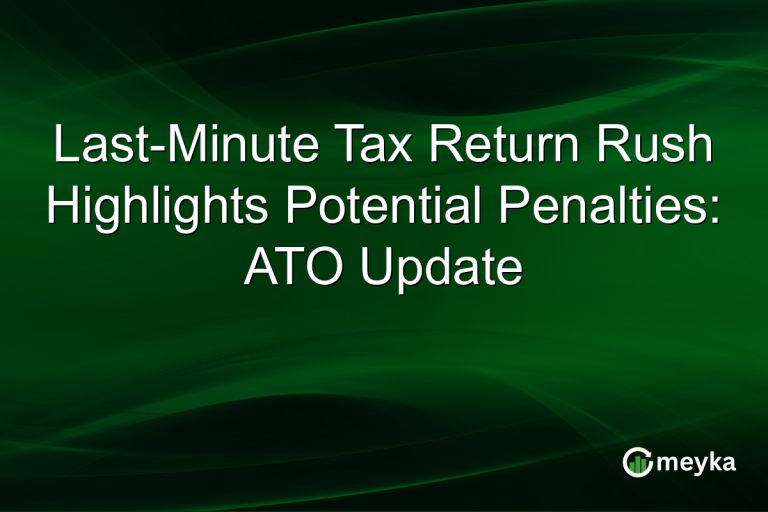BP Approves $5B Investment in Tiber-Guadalupe Drilling Project, US Gulf
BP has given final approval to a $5 billion deepwater development called Tiber-Guadalupe in the U.S. Gulf of Mexico. The project will build a new floating production platform and aims to begin oil and gas production around 2030.
BP says the move is a key step in refocusing on oil and gas as it seeks to boost output and investor returns.
Tiber-Guadalupe: BP moves forward with mega project
The Tiber-Guadalupe project sits roughly 300 miles southwest of New Orleans and is expected to produce about 80,000 barrels of crude per day once online.
BP estimates recoverable resources in the fields at about 350 million barrels of oil equivalent, and expects the operation to help lift its Gulf production toward company targets for 2030.
The project is notable for its technical ambition. Tiber-Guadalupe will develop reservoirs at very high pressure and will be BP’s second project in the Gulf to operate at roughly 20,000 pounds per square inch, a deepwater engineering challenge that only a few firms have tackled. BP says the design will reuse about 85% of the nearby Kaskida project’s design, which should reduce costs per barrel versus building a wholly new platform.
Why is BP investing in Tiber-Guadalupe now?
Short answer: BP is shifting to strengthen its oil and gas base. The company sees higher near-term returns in deepwater production and wants to regain investor confidence after underperforming peers. The U.S. Gulf is central to that plan.
Tiber-Guadalupe’s strategic importance in the US Gulf
BP frames Tiber-Guadalupe as both a production and a cost-efficiency play. By leveraging existing designs and local supply chains, BP expects development costs to be lower than an entirely new build. Reuters reported the company sees development costs about $3 per barrel lower than its nearby project. That margin matters when comparing returns across global projects.
The move also fits BP’s target to grow Gulf output: the company has publicly set a goal to reach at least 400,000 barrels of oil equivalent per day from the Gulf by 2030, up from around 341,000 boepd last year. Tiber-Guadalupe is a core element of that ambition.
Why is Deepwater still attractive?
Deepwater projects can yield large volumes from single platforms. Once wells are drilled and production stabilized, margins can be strong, particularly when projects reuse designs and supply chains to cut costs. BP’s decision signals confidence in the long-term economics of Gulf deepwater reservoirs.
Tiber-Guadalupe and BP’s energy transition balance
BP’s investment comes amid a broader strategy shift. The company has moved to moderate its renewables spending and raise its focus on oil and gas to restore cash flow and investor trust.
Observers note BP is trying to strike a balance: keep transition-era commitments while ensuring near-term earnings and shareholder returns. Analysts see Tiber-Guadalupe as a strategic bet in that balancing act.
Does investing in oil hurt BP’s green promises?
It complicates the story. BP argues it can fund both oil projects and low-carbon efforts, but critics say large oil bets may slow the pace of its green transition. The company frames Tiber-Guadalupe as necessary to secure cash flow that can also support future low-carbon investments.
Market and industry reactions to Tiber-Guadalupe
Initial industry reaction was mixed but active. Energy markets took the news in stride, noting the project’s scale and technical profile. Analysts praised the reuse of the Kaskida design as a smart cost move, while some ESG-focused investors expressed concern about further capital flows into fossil fuels. Trade commentary on social platforms reflected both the financial and environmental angles.
What analysts are watching
- Cost execution: Can BP meet its budget and the claimed per-barrel economy?
- Timing: The project targets first production in 2030; timely delivery will be key to hitting corporate goals.
- Regulatory and environmental reviews: Deepwater projects face strict oversight; approvals and compliance will be tracked closely.
Tiber-Guadalupe: implications for energy security and oil prices
A project of this size will add meaningful long-term production to U.S. Gulf supply. That can bolster energy security, particularly for domestic and allied markets, and add a stable source of output as global demand evolves. Near-term oil prices are influenced by many factors, but adding high-quality Gulf capacity tends to weigh on long-term risk premia in the market.
Will this lower global oil prices?
Not immediately. Tiber-Guadalupe’s production begins around 2030. But in the medium term, more supply from the Gulf can ease tightness and reduce price volatility if demand is steady or slows. Short-term prices react more to geopolitics and immediate supply changes.
The road ahead for Tiber-Guadalupe and BP
BP will now move into detailed engineering, contracting, and permitting phases. Major risks include cost overruns, technical challenges because of high-pressure reservoirs, and regulatory hurdles. Success depends on tight project execution and clear oversight.
If BP delivers on cost and timing, the project can materialize into strong cash flow for the company and help meet its Gulf production targets.
What are the main project risks?
Short answer: Deepwater engineering at ultra-high pressures, cost control, timeline slippage, and regulatory hurdles are the biggest risks to meeting BP’s goals.
Conclusion: Tiber-Guadalupe’s place in BP’s strategy
Tiber-Guadalupe is a clear signal that BP is prioritizing profitable oil and gas projects while navigating a complex energy transition. The $5 billion sanction shows the company’s confidence in deepwater Gulf economics and its desire to deliver stronger near-term returns for shareholders.
How BP manages cost, safety, and environmental responsibilities will determine whether Tiber-Guadalupe becomes a model of disciplined, high-value production, or a contested symbol in the debate over how oil majors should balance growth and green goals.
FAQ’S
BP is investing $5B in Tiber-Guadalupe to boost deepwater production in the US Gulf of Mexico. It aligns with rising global energy demand and strengthens BP’s portfolio.
The project is expected to tap into one of the largest deepwater reserves in the Gulf, with long-term output that could supply millions of barrels over decades.
BP has approved the investment in 2025, with production projected to begin later this decade as development and drilling progress.
While focused on oil, the project provides revenue to fund BP’s low-carbon initiatives. It shows BP’s balance between traditional energy and renewable investments.
The project strengthens US Gulf output, reducing reliance on foreign oil and supporting energy independence, while also impacting global oil price stability.
Disclaimer
This is for information only, not financial advice. Always do your research.






